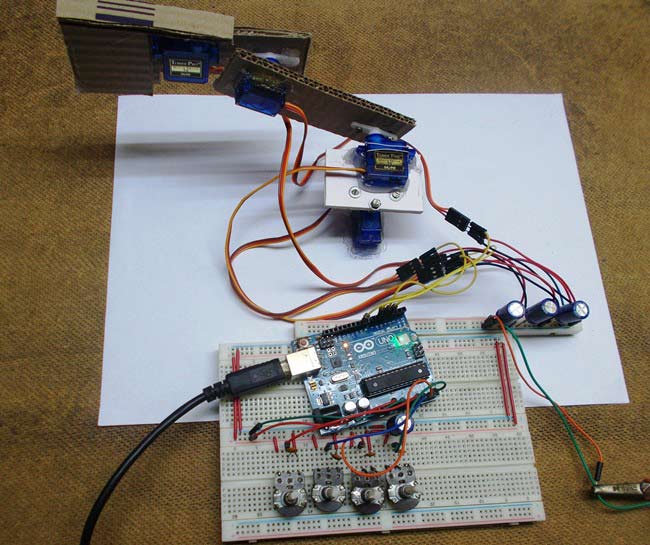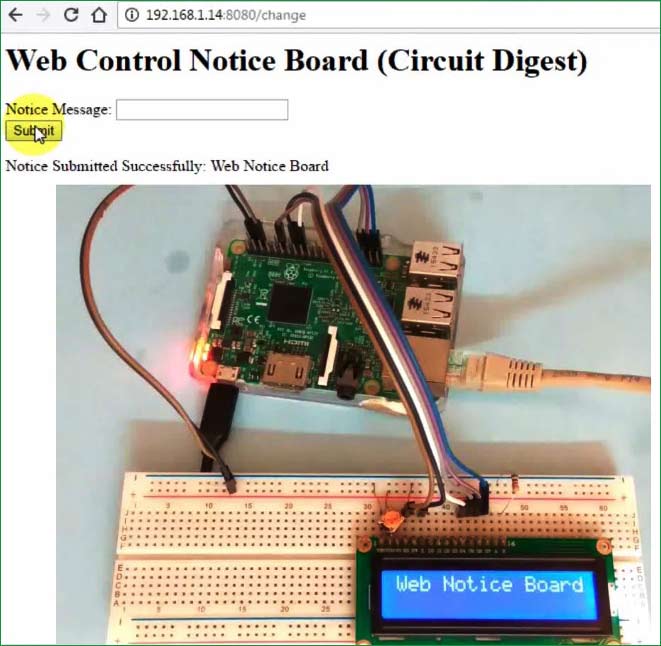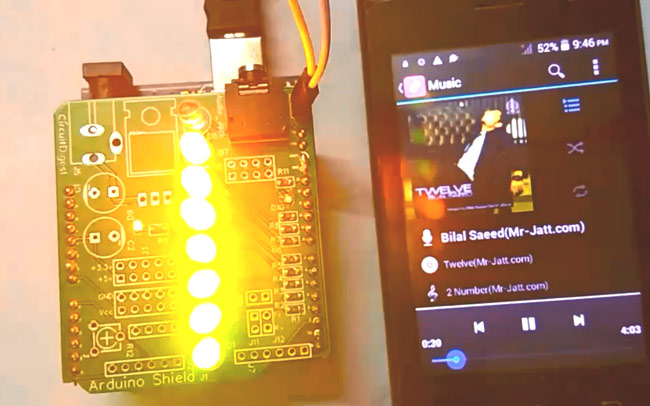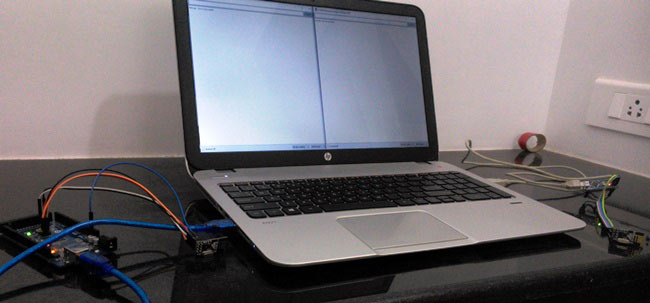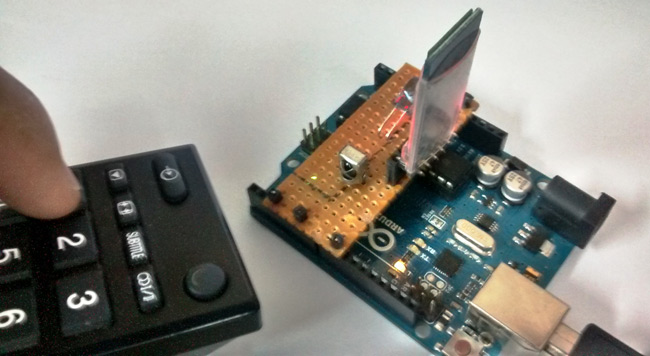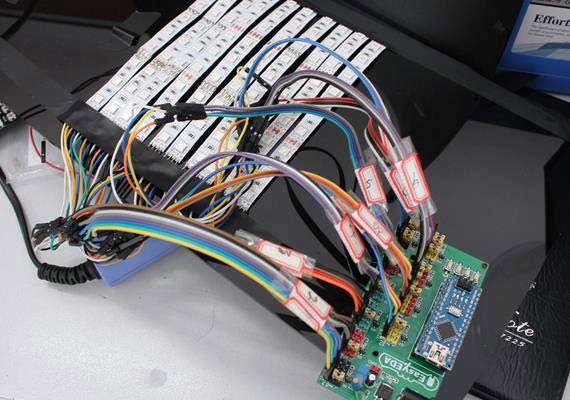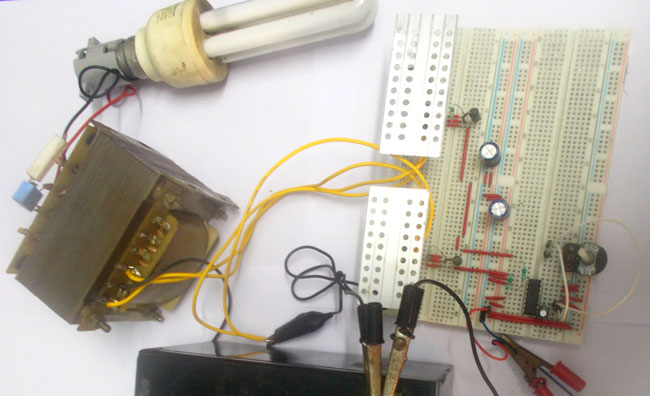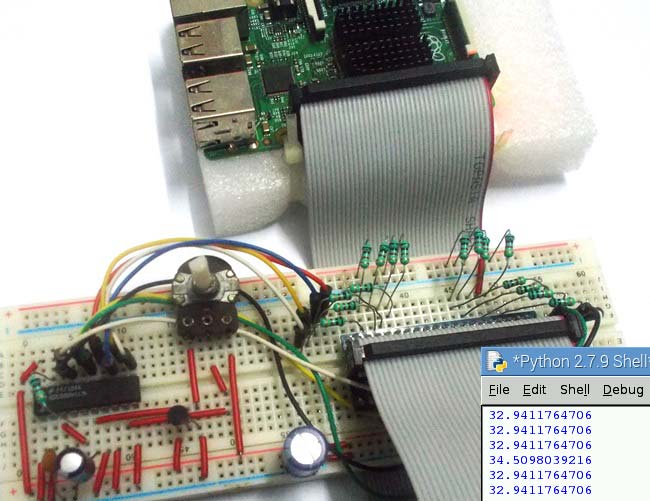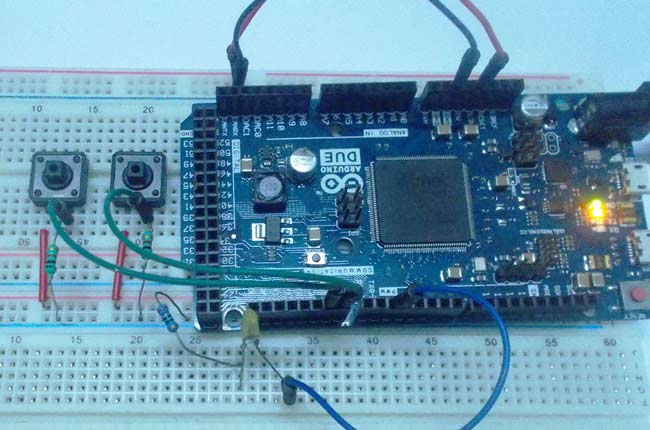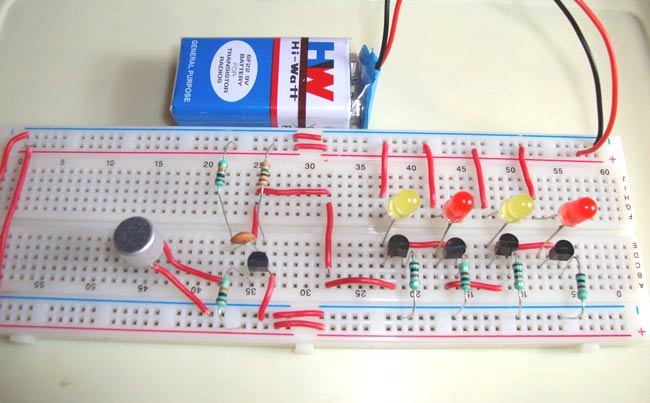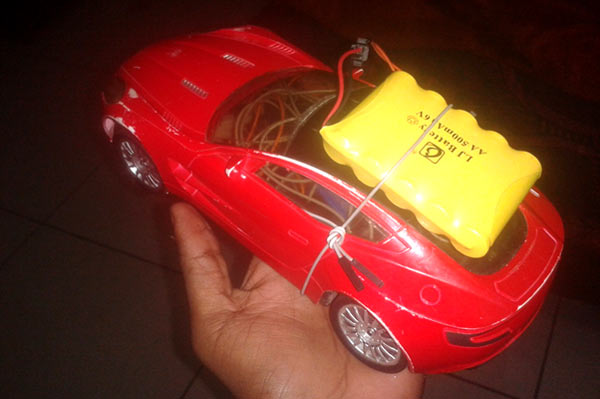This interesting arduino based project automatically provides water to your plants and keep you updated by sending message to your cell phone.
Here we have used a soil moisture sensor, which checks the moisture level in the soil and if moisture level is low then Arduino switches On a water pump to provide water to the plant. Water pump gets automatically off when system finds enough moisture in the soil. Whenever system switched On or off the pump, a message is sent to the user via GSM module, updating the status of water pump and soil moisture. You can see the working of this project in below video:
This system could be very effective and useful to automate irrigation in Farms, gardens, home etc. It is completely automated and there is no need for any human intervention. To DIY this project check out this tutorial on CircuitDigest.com

